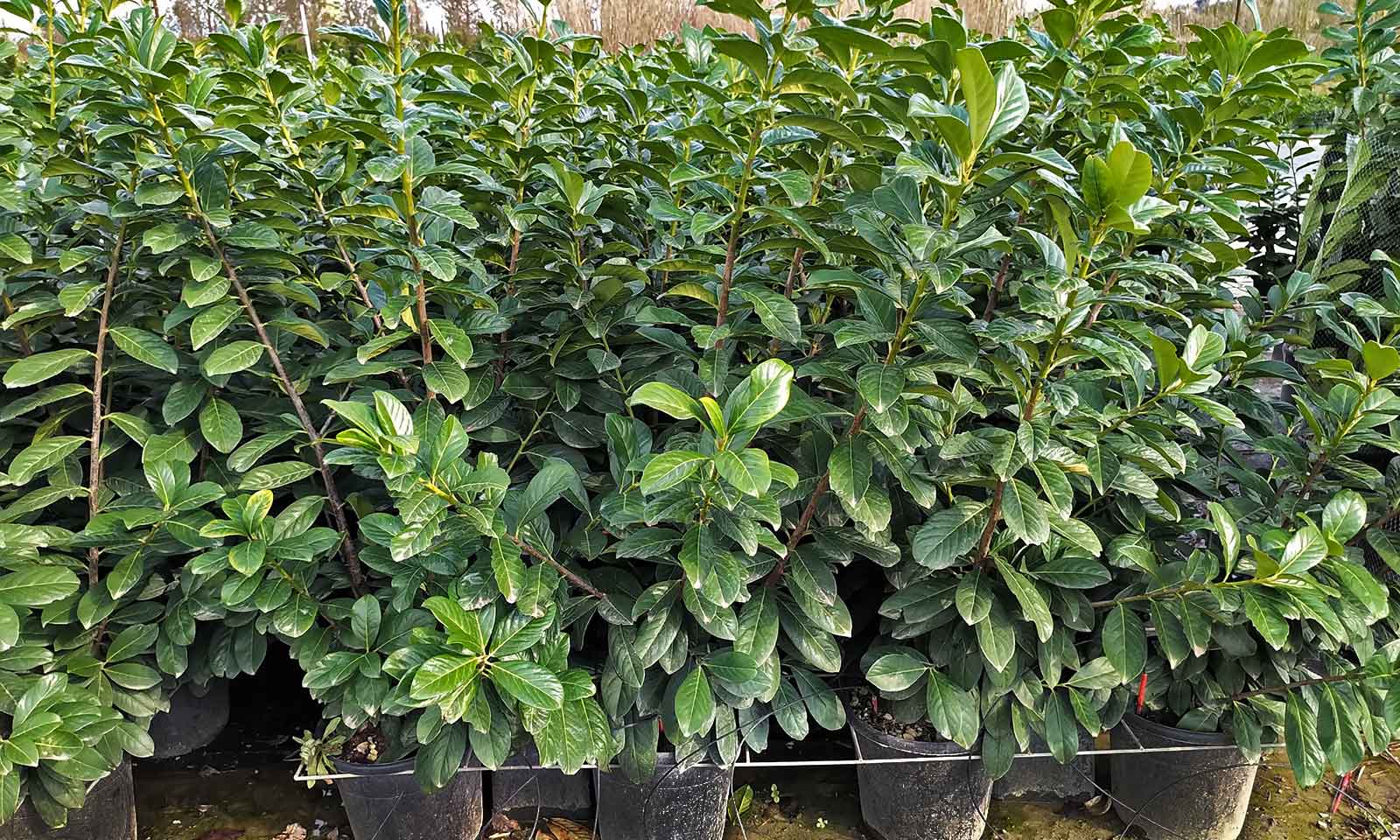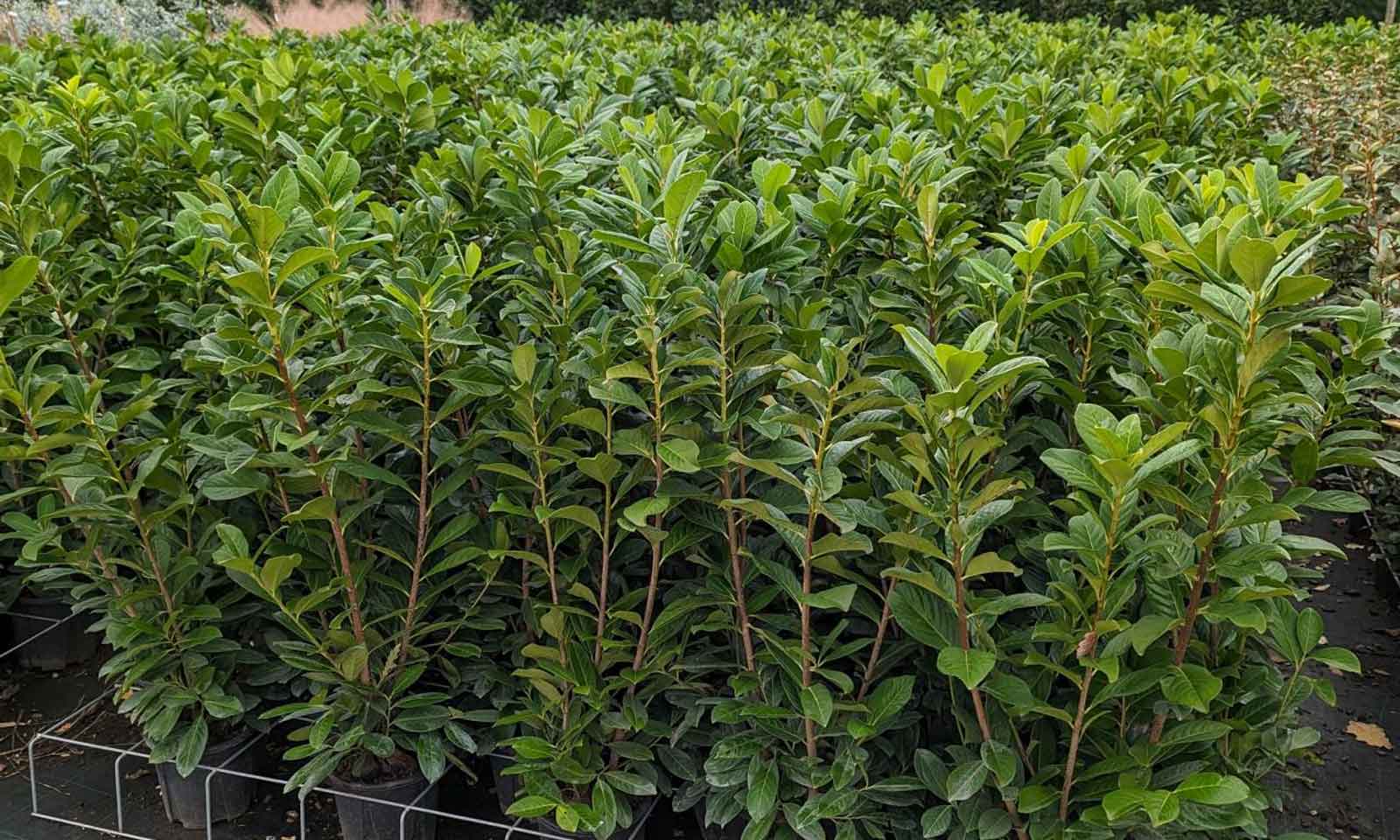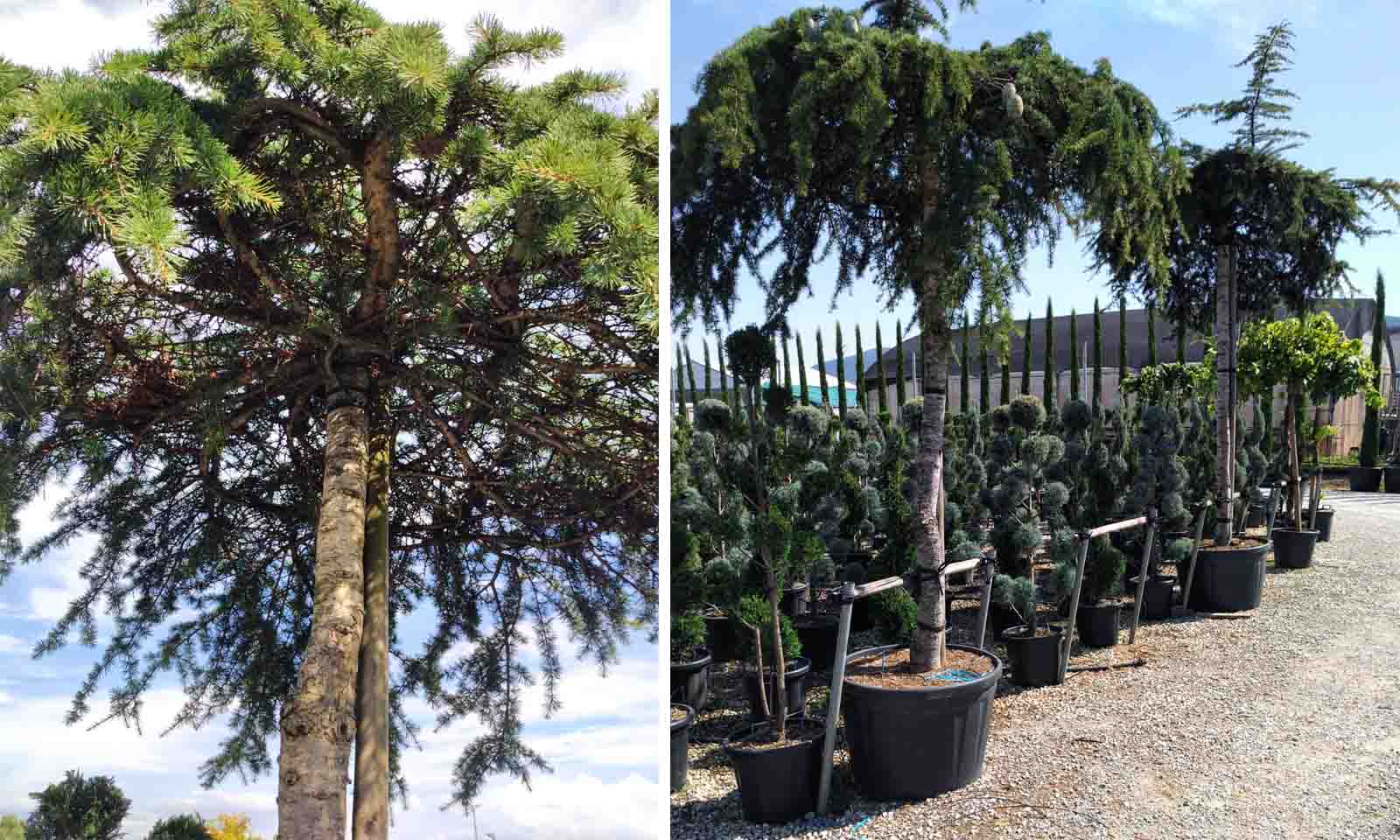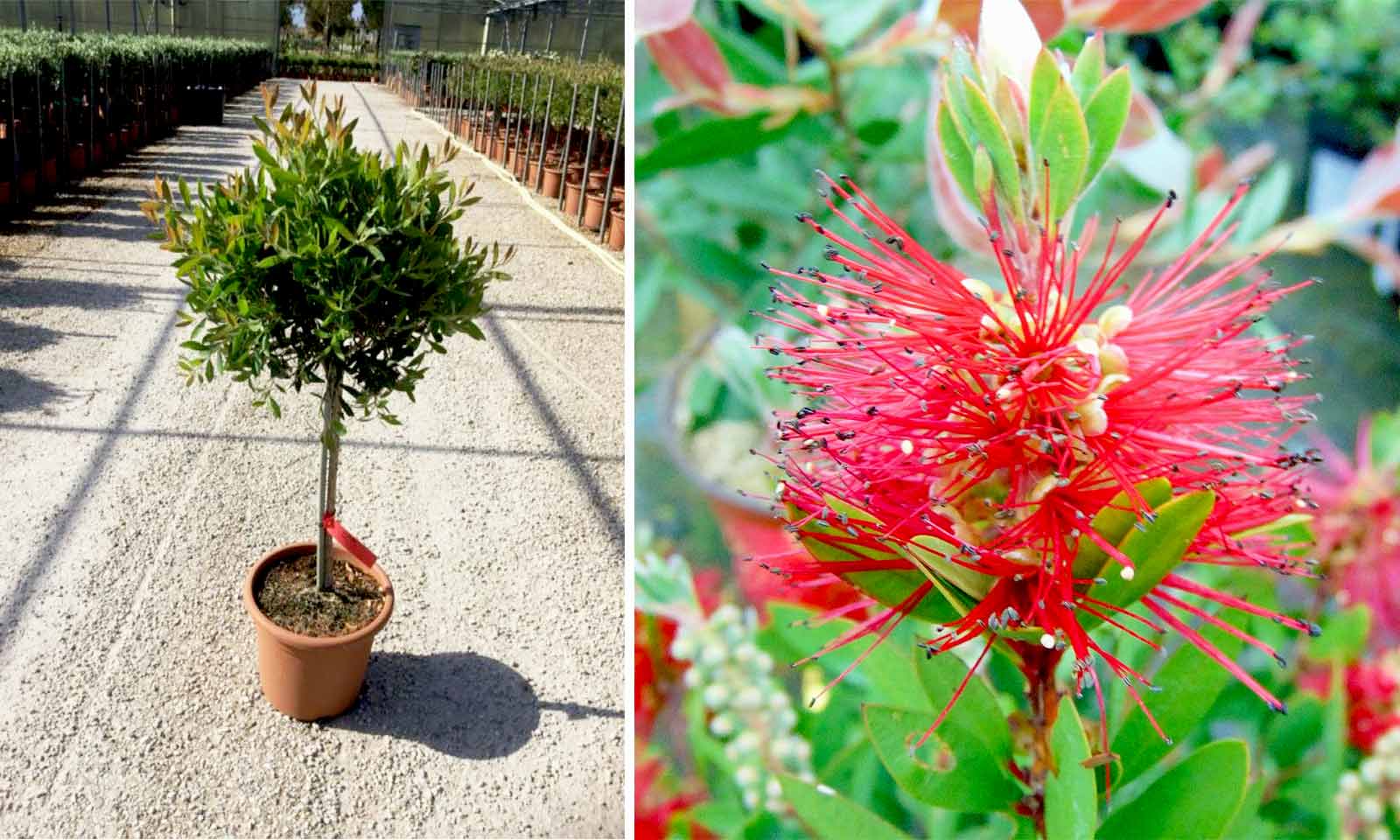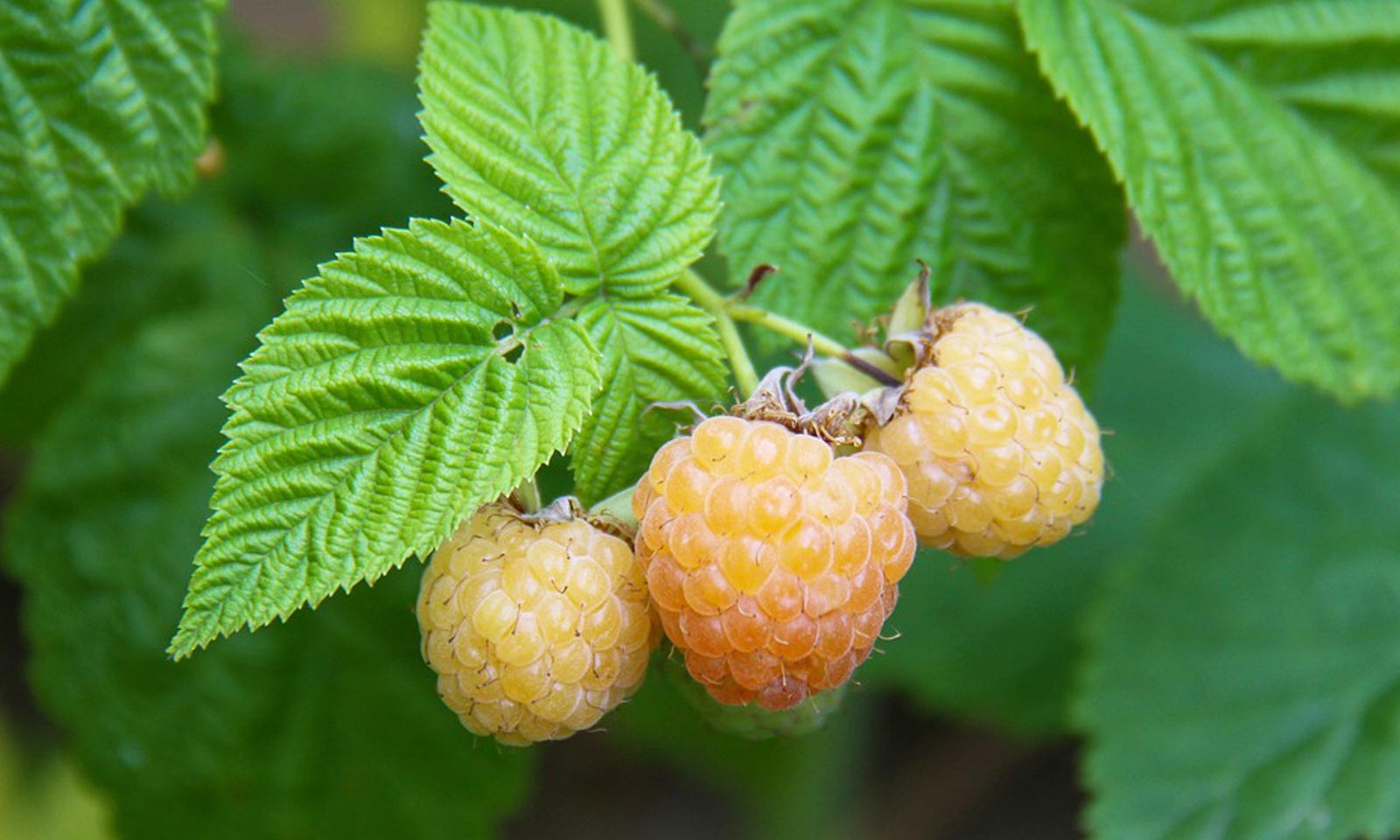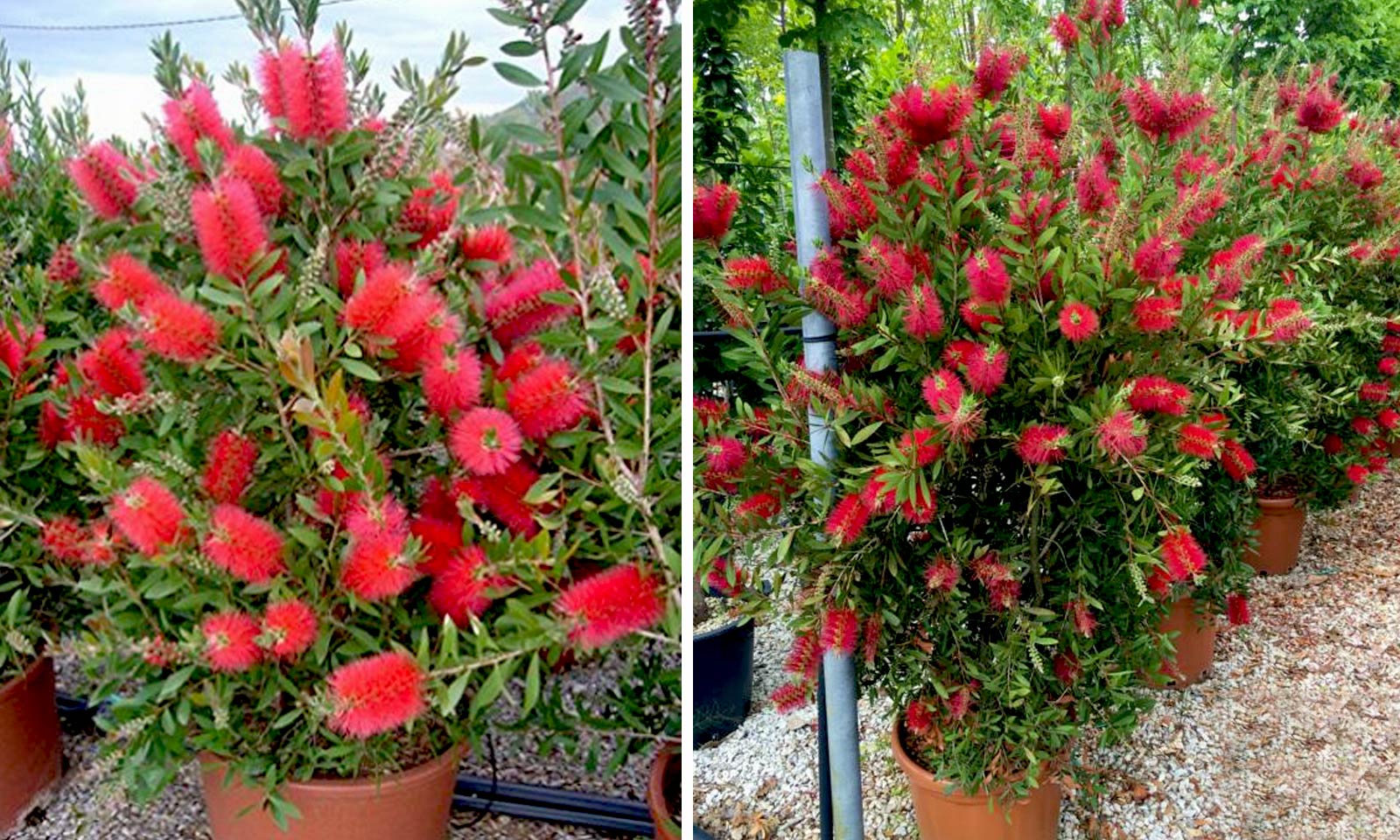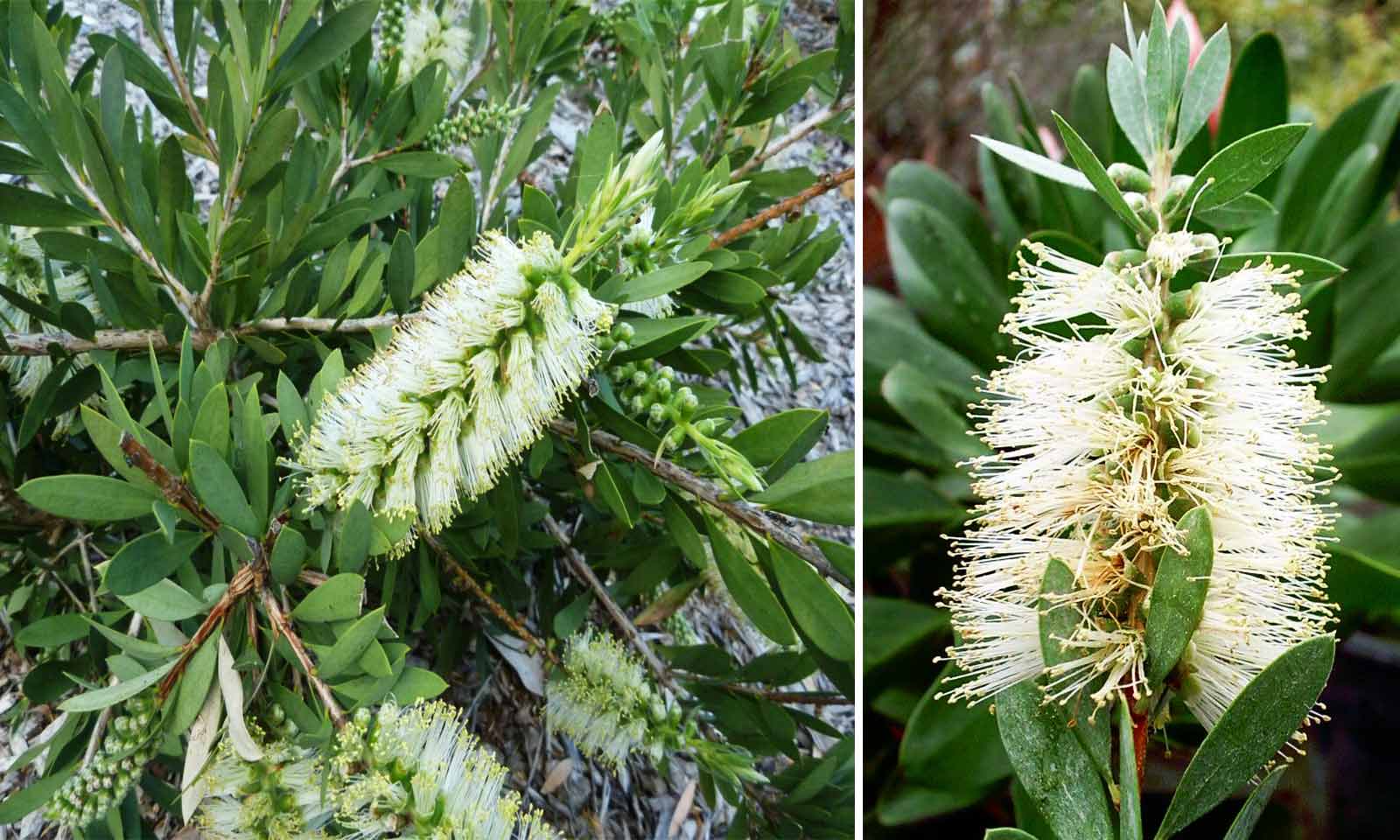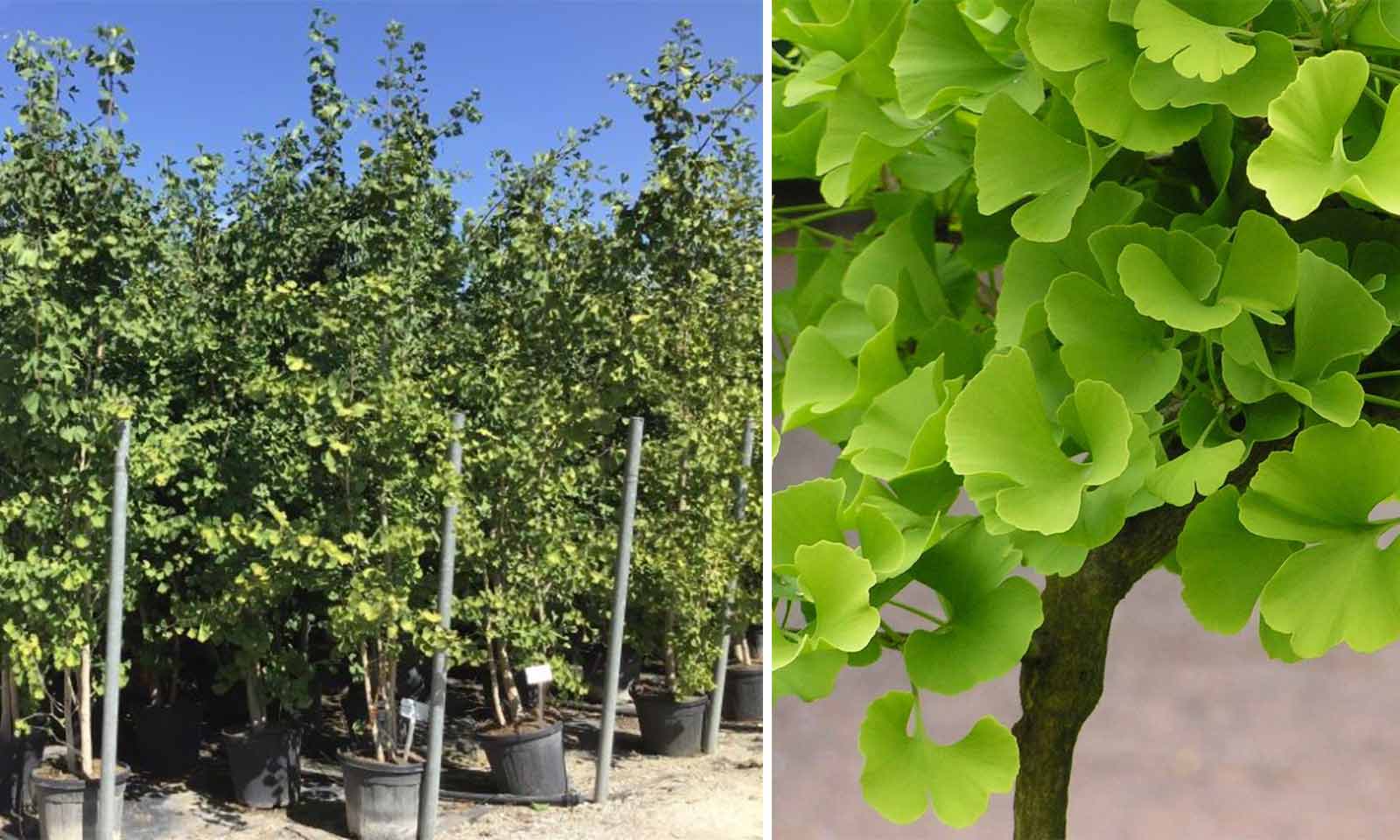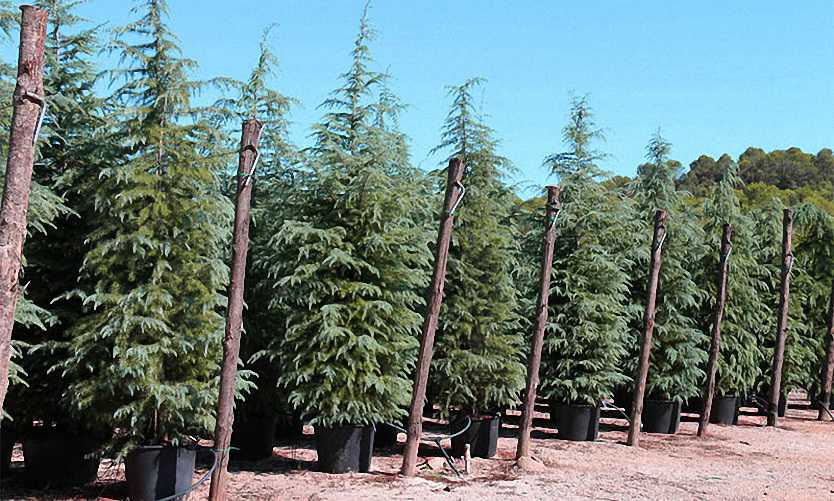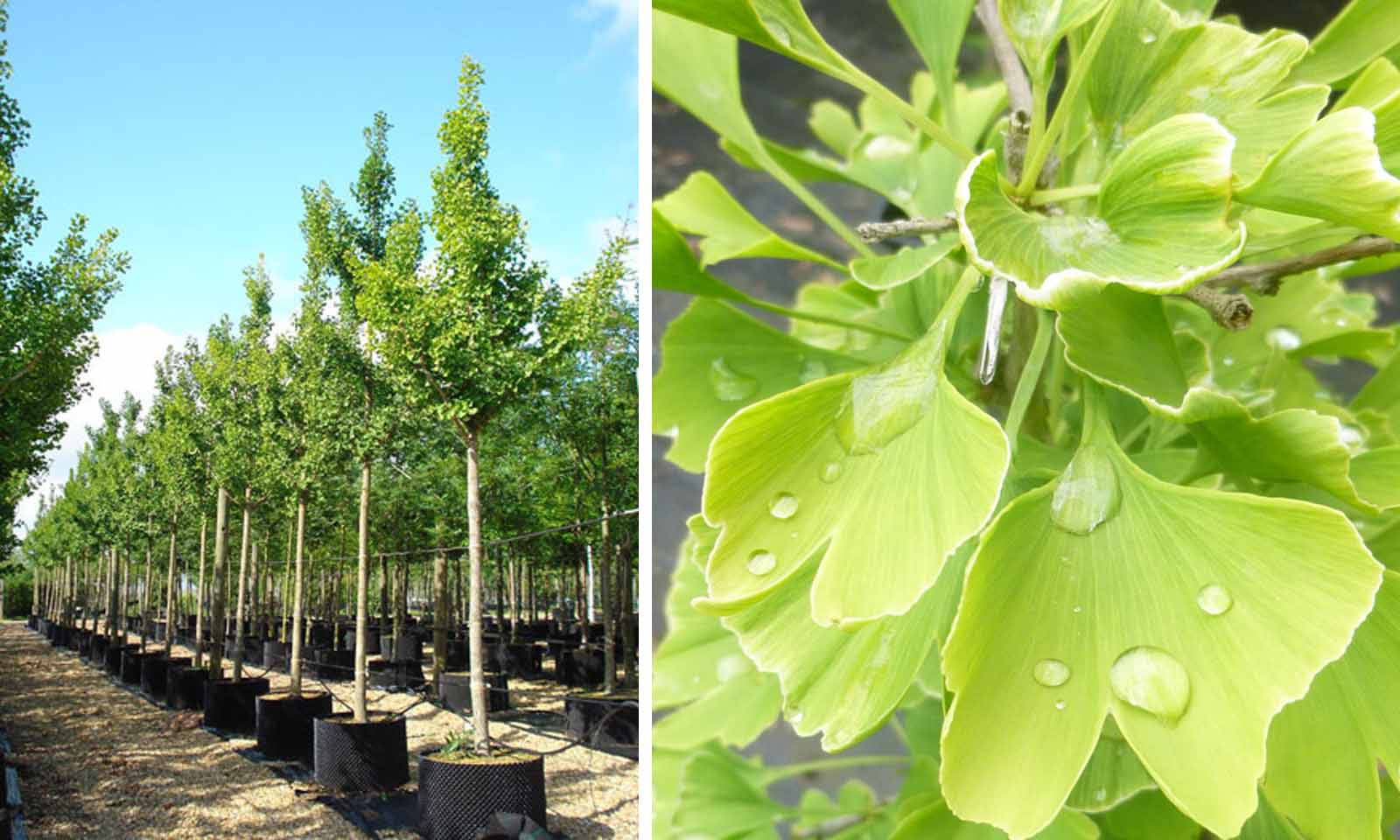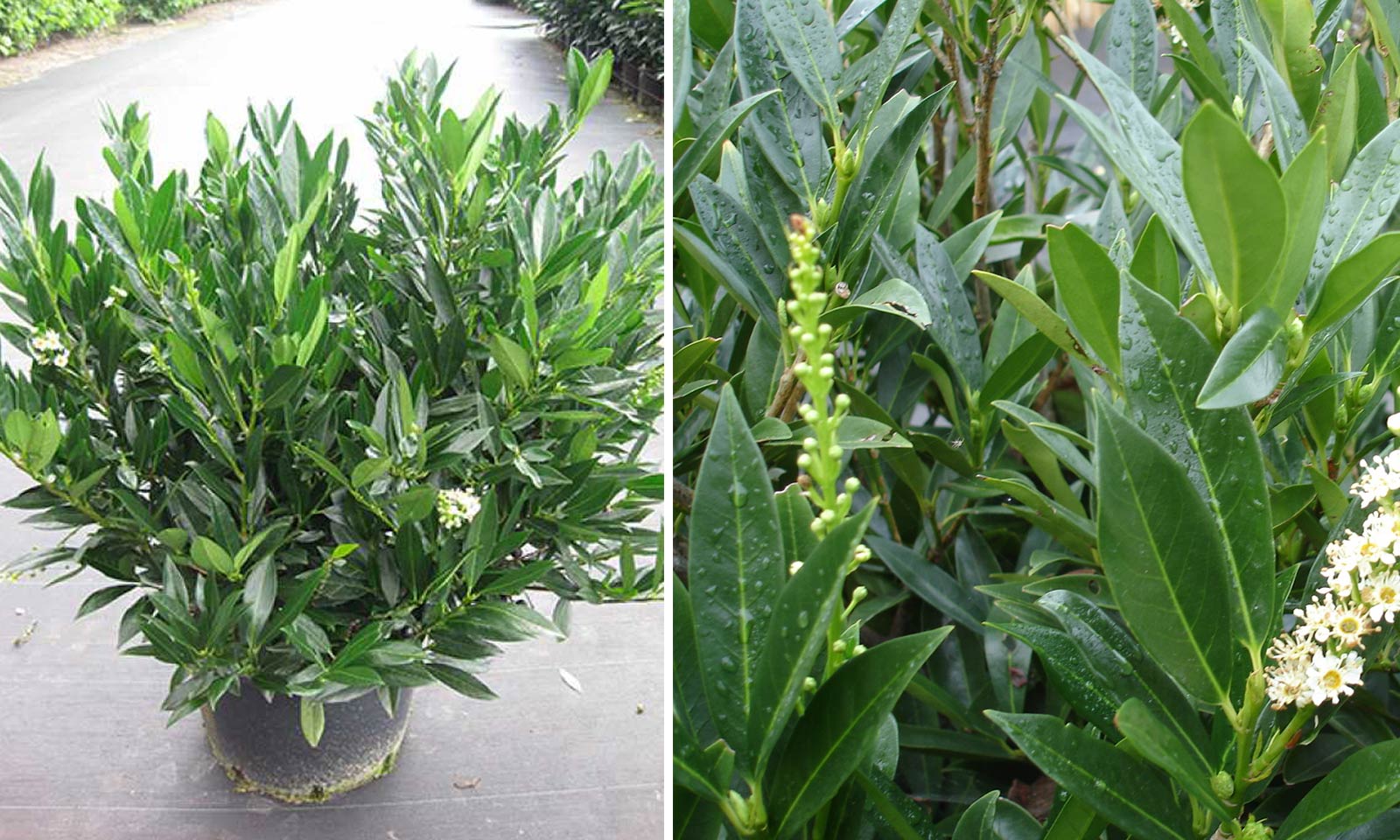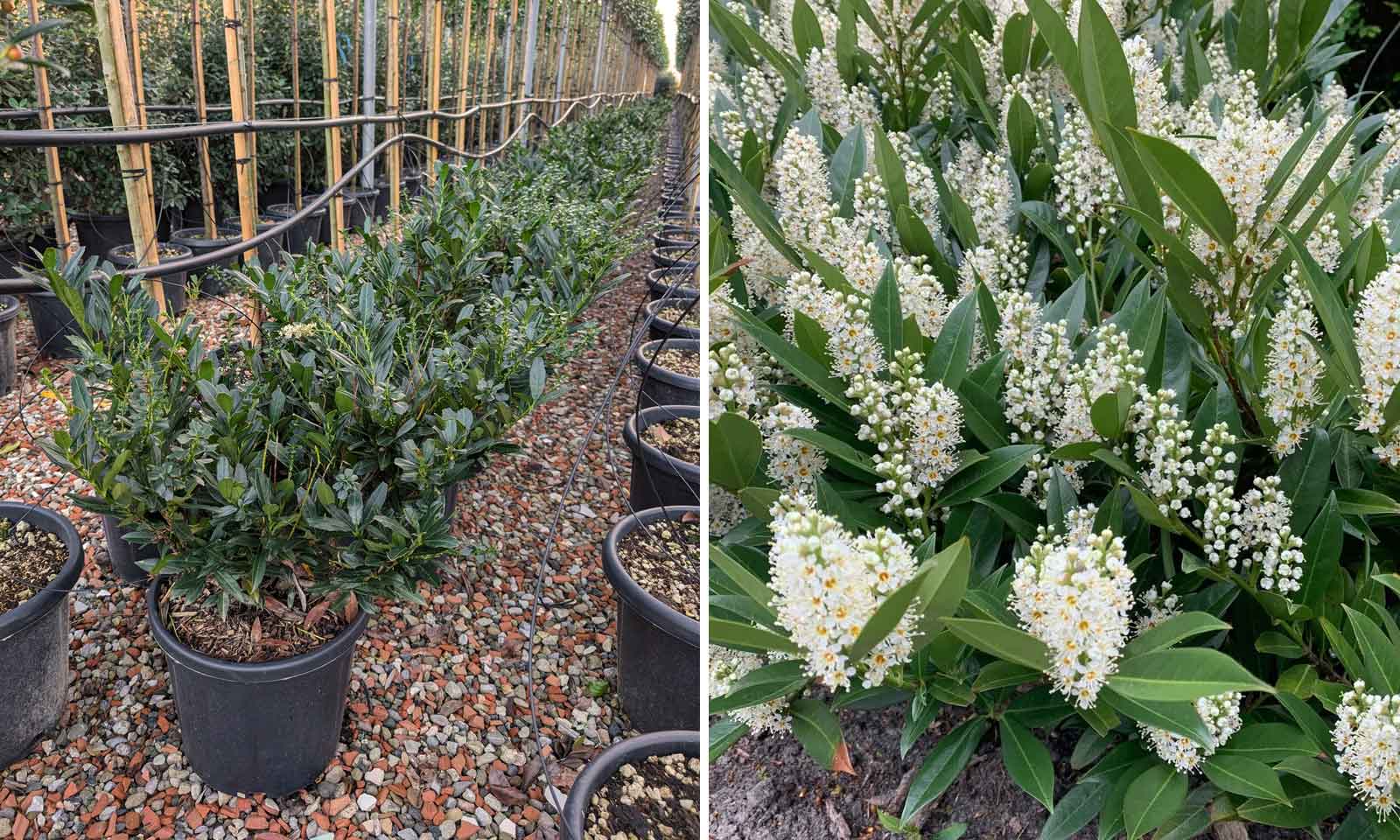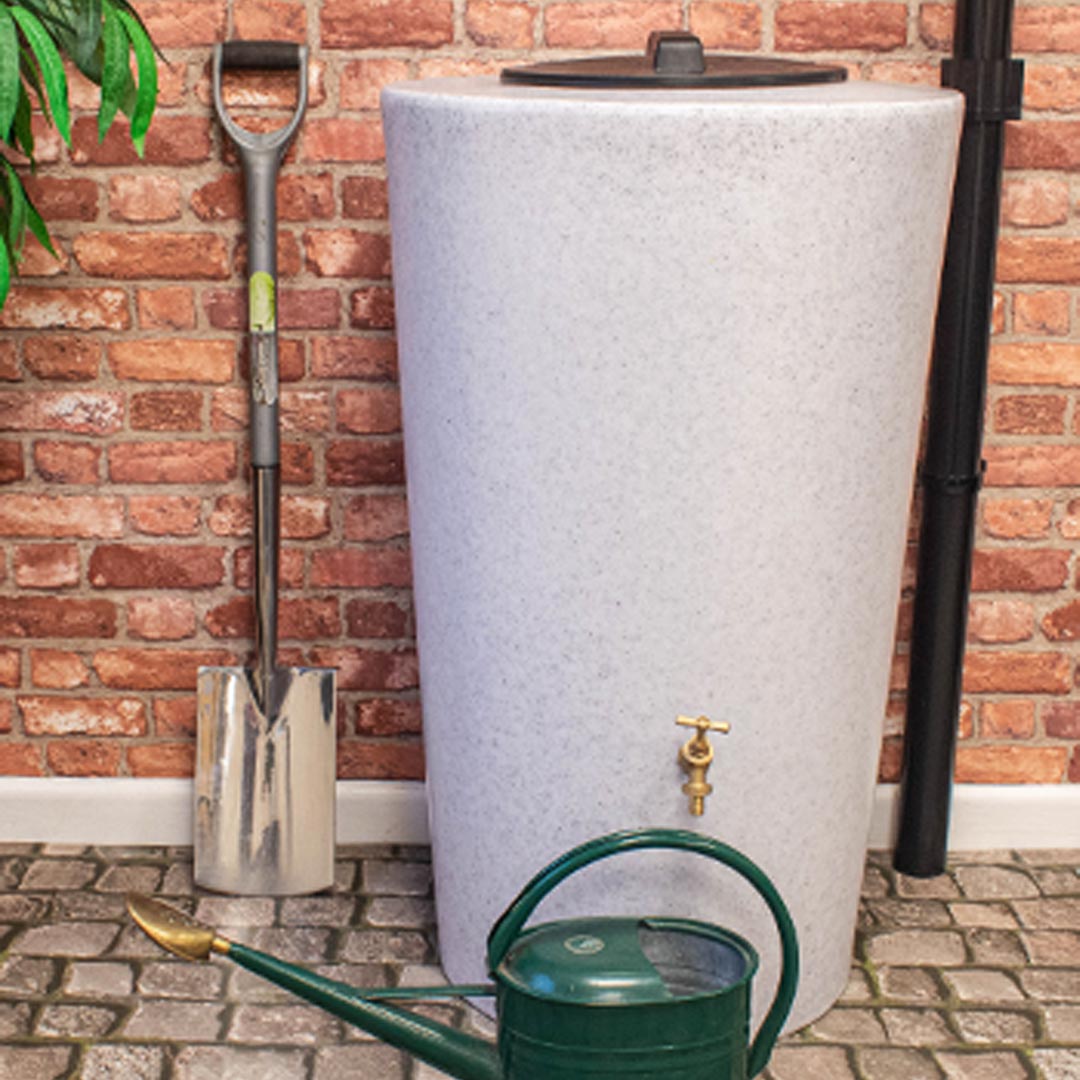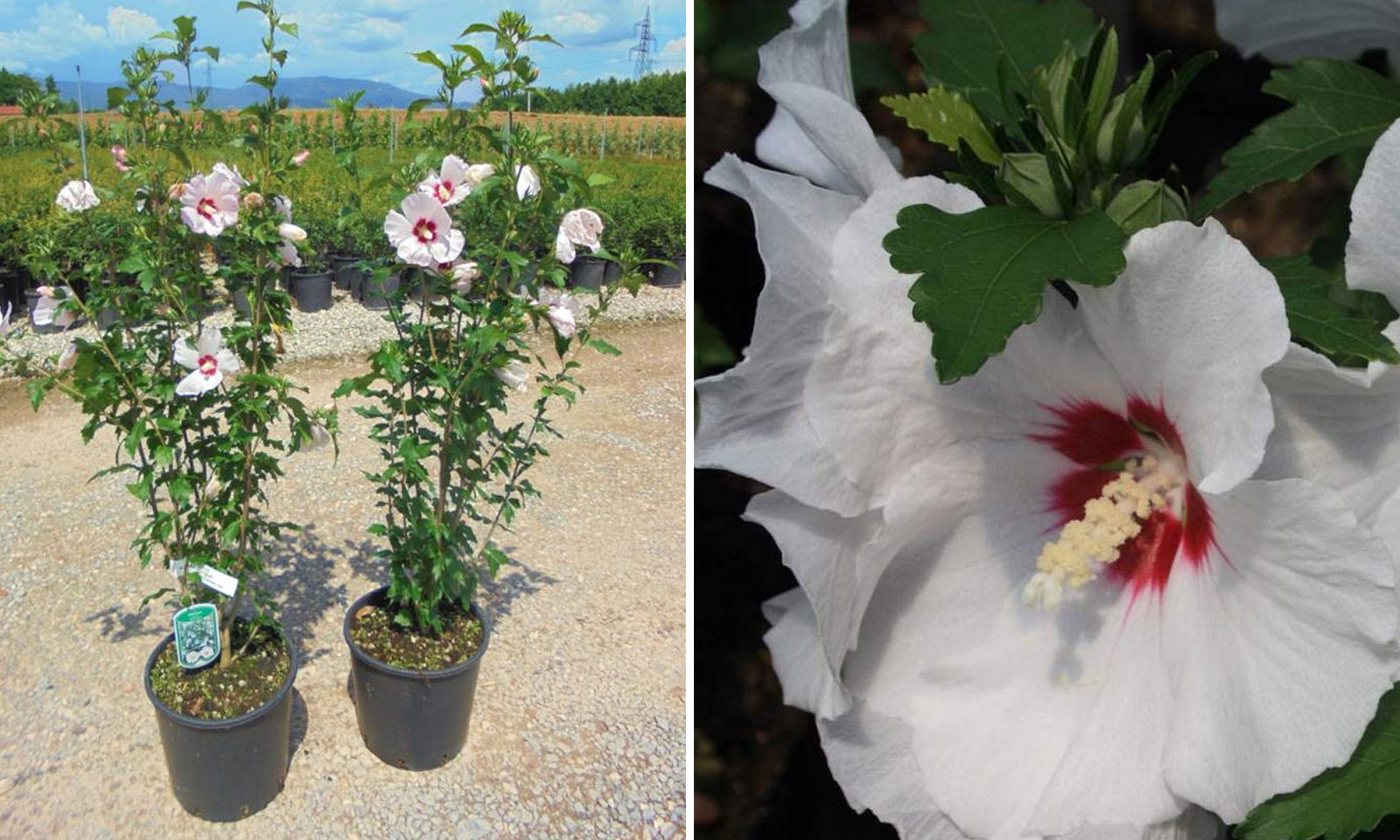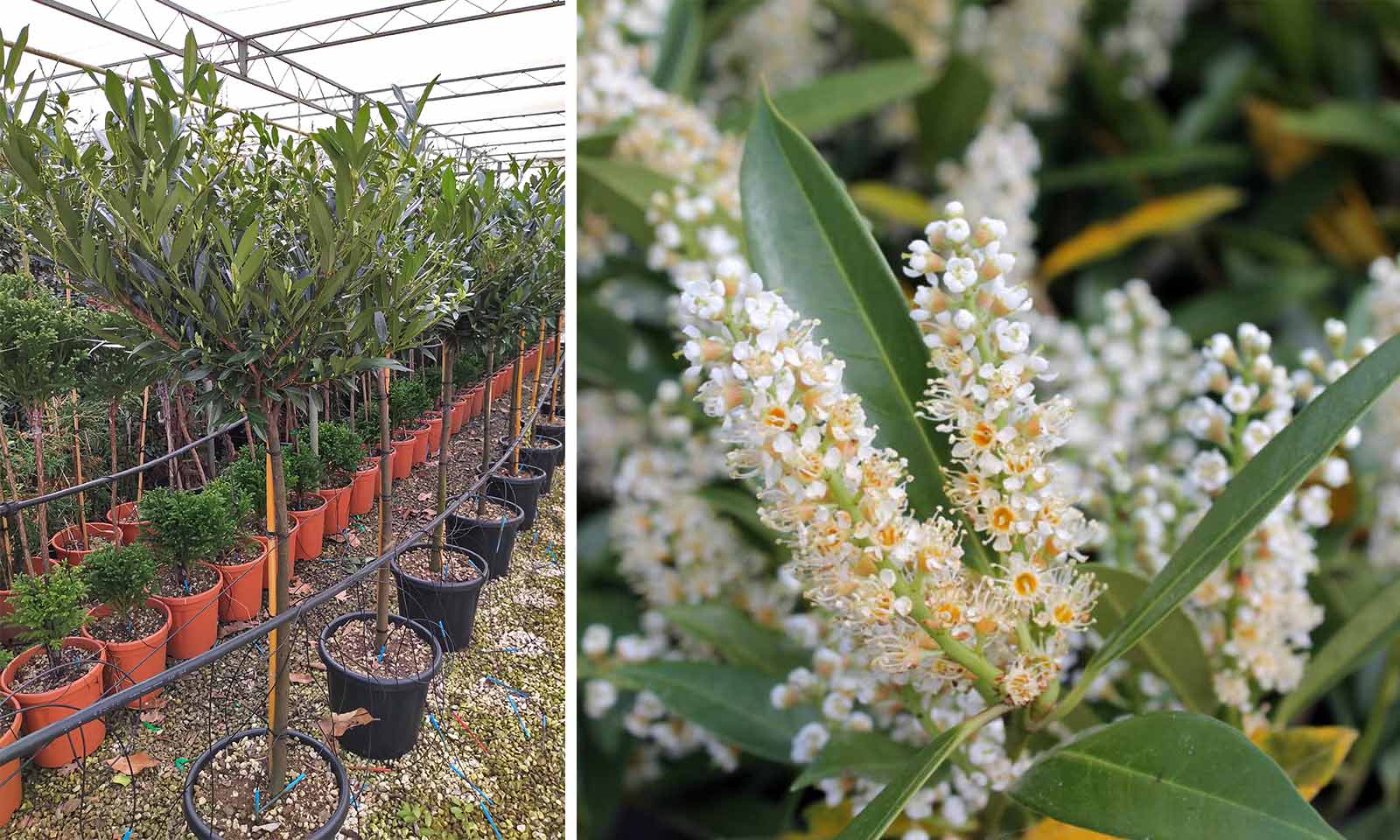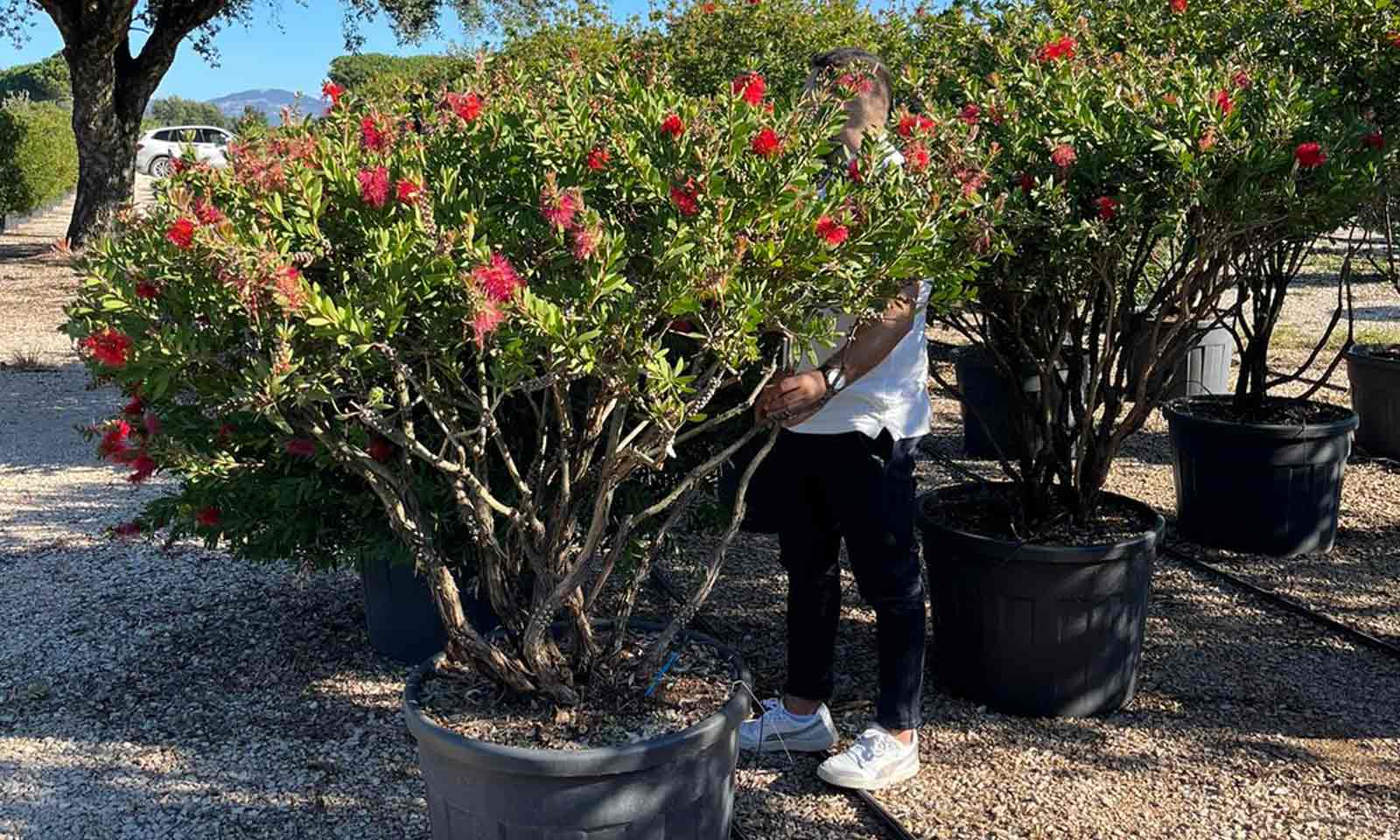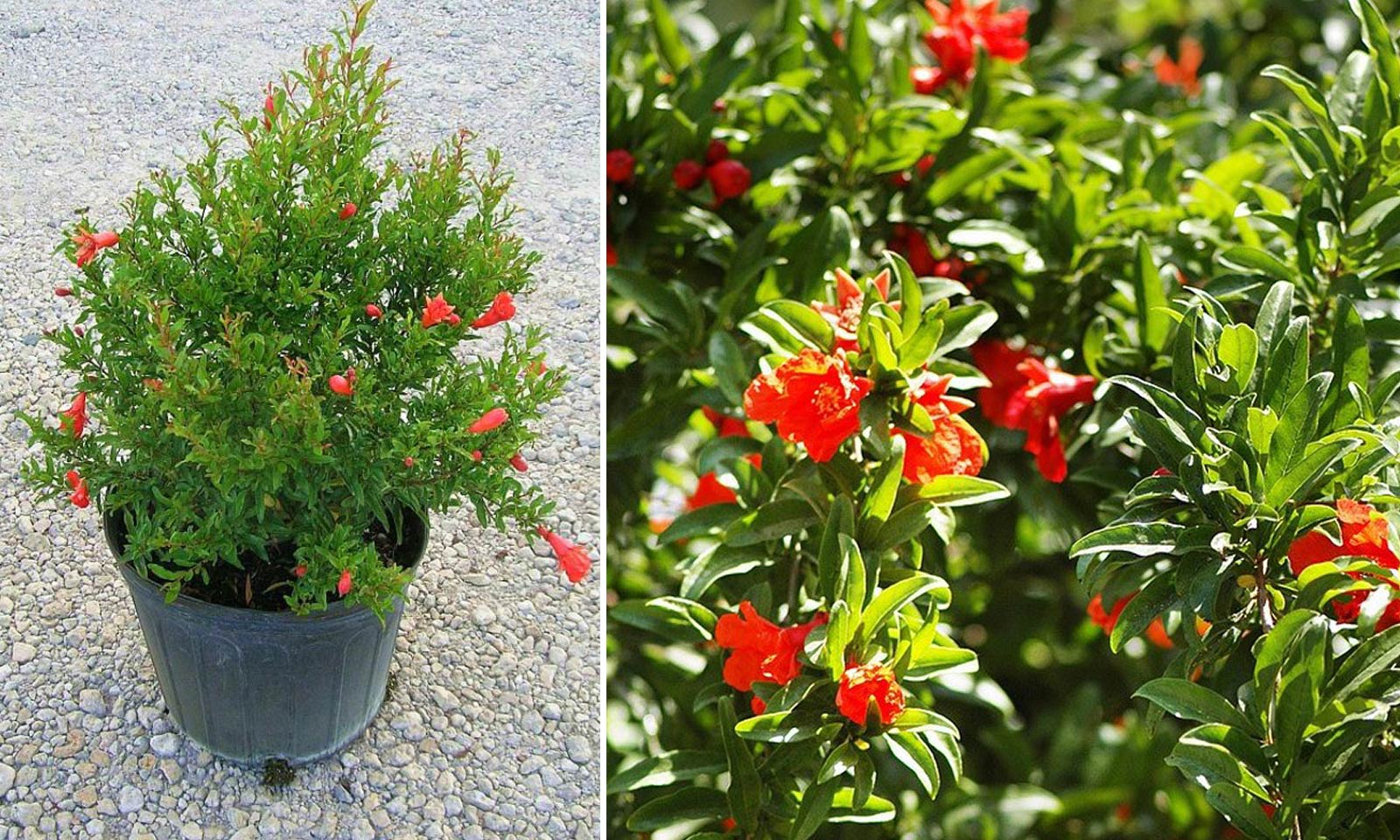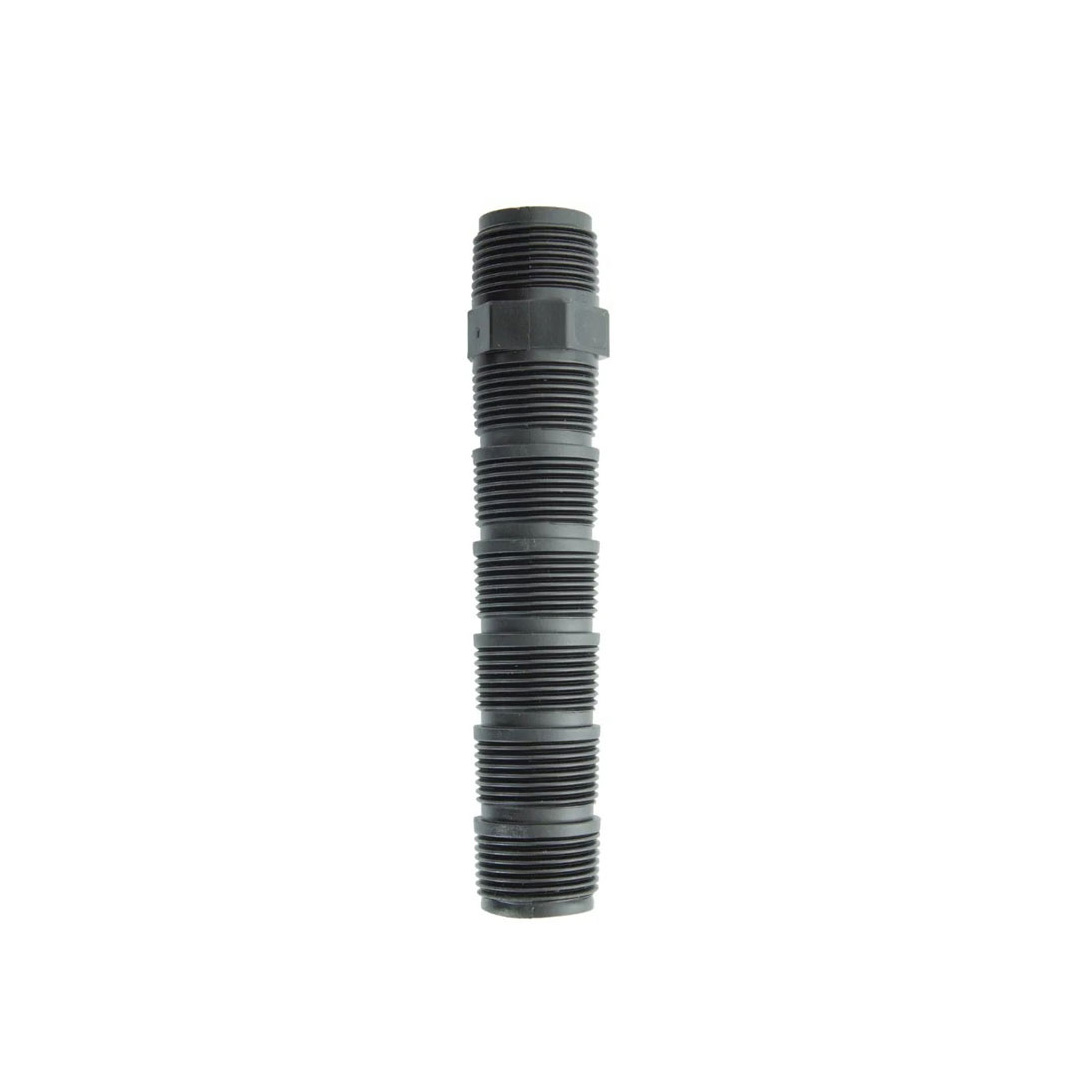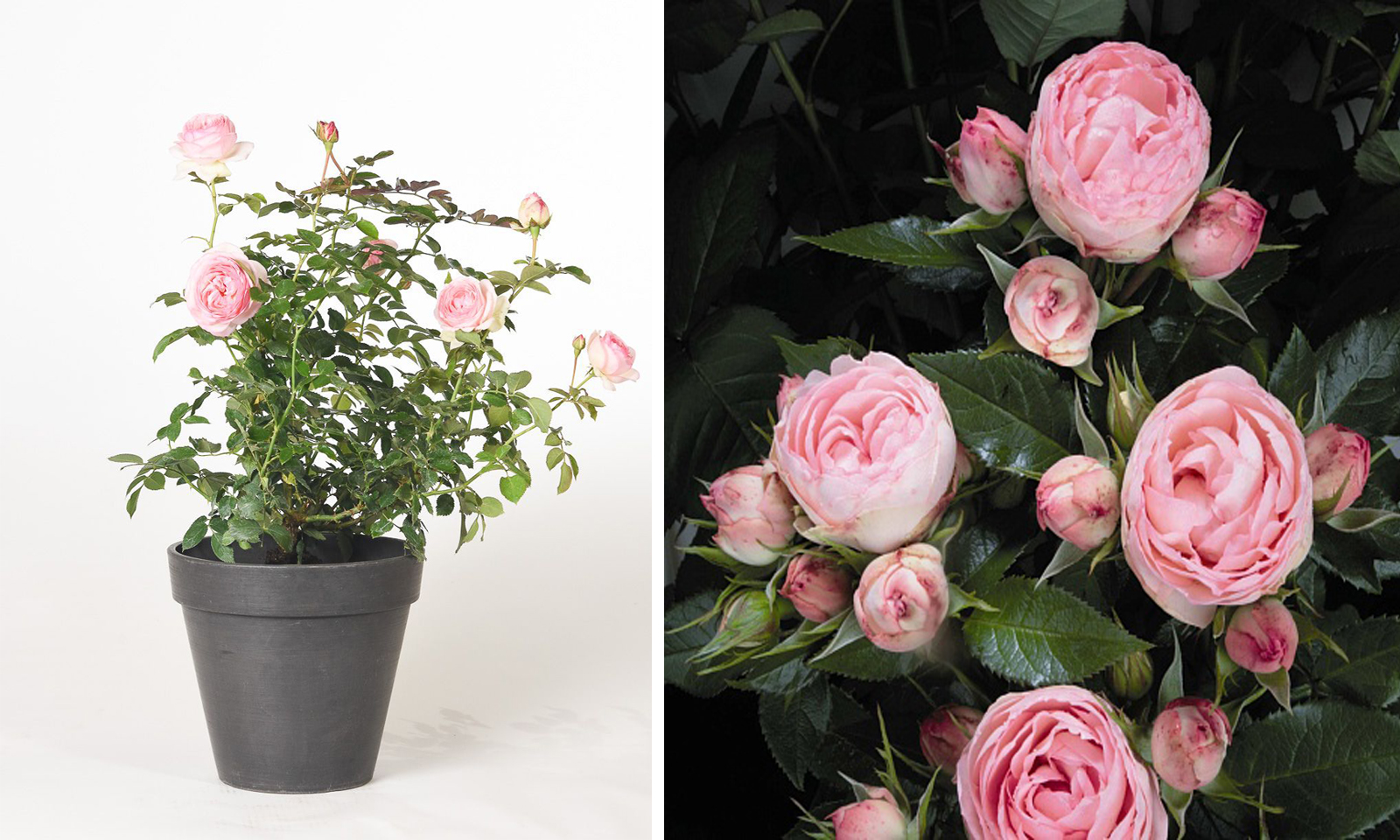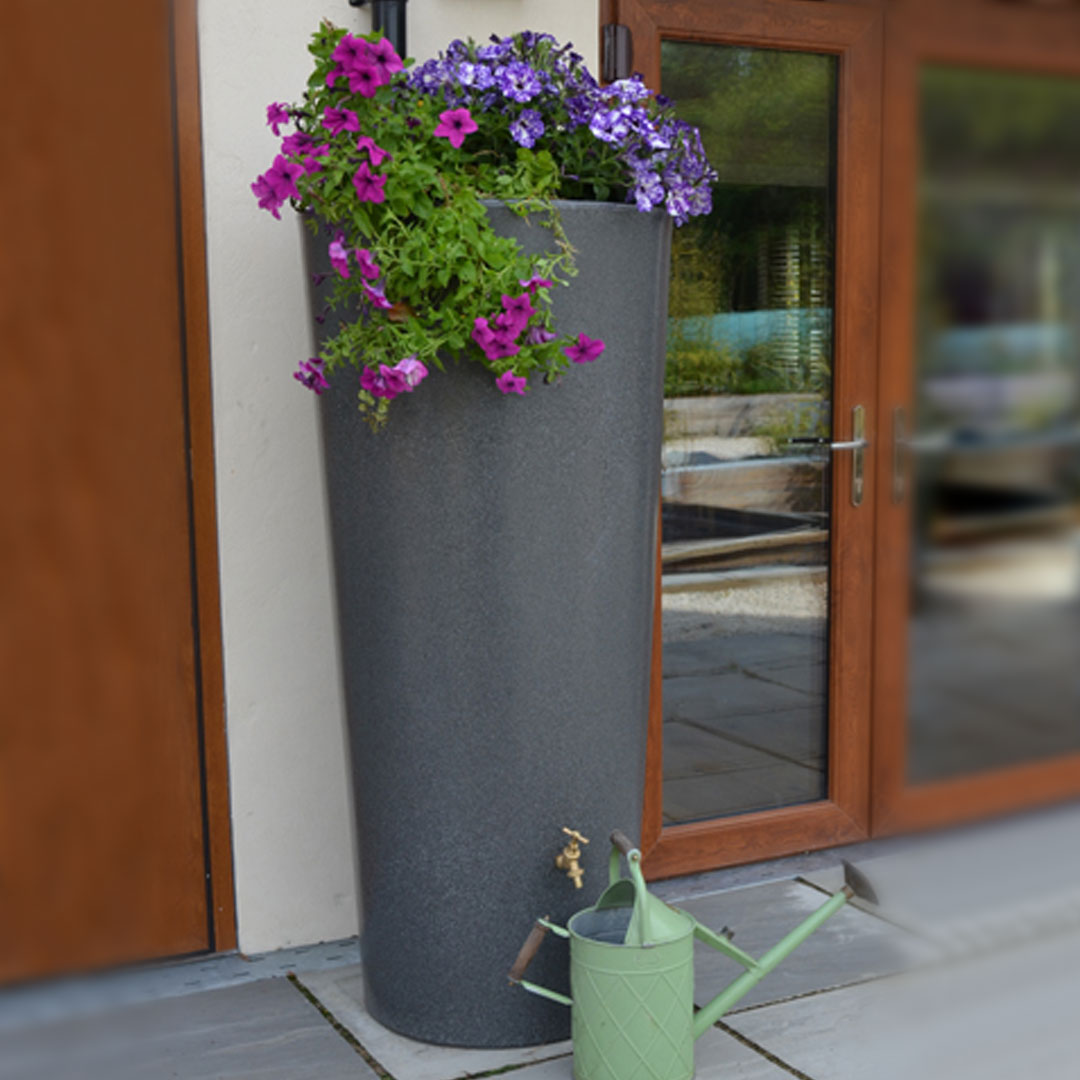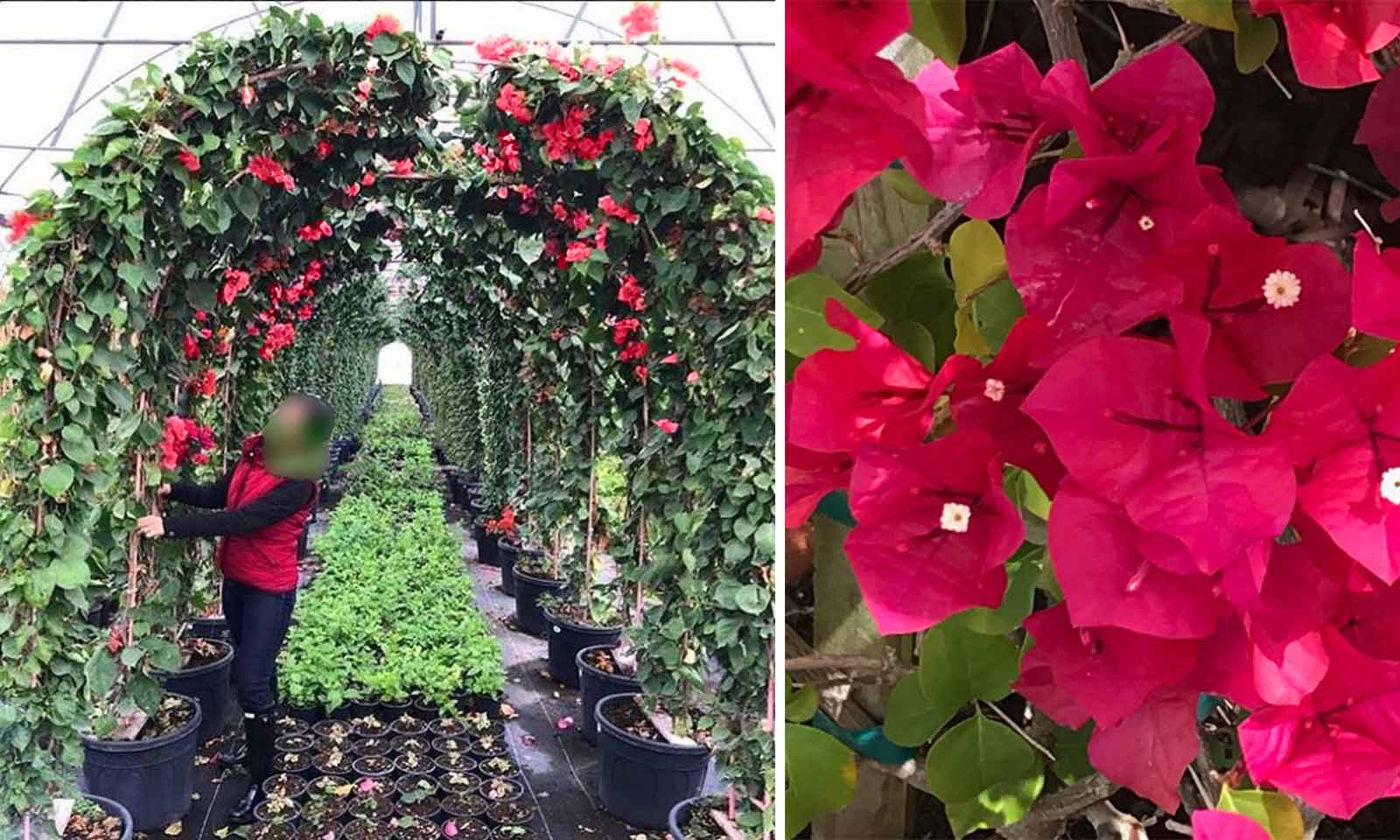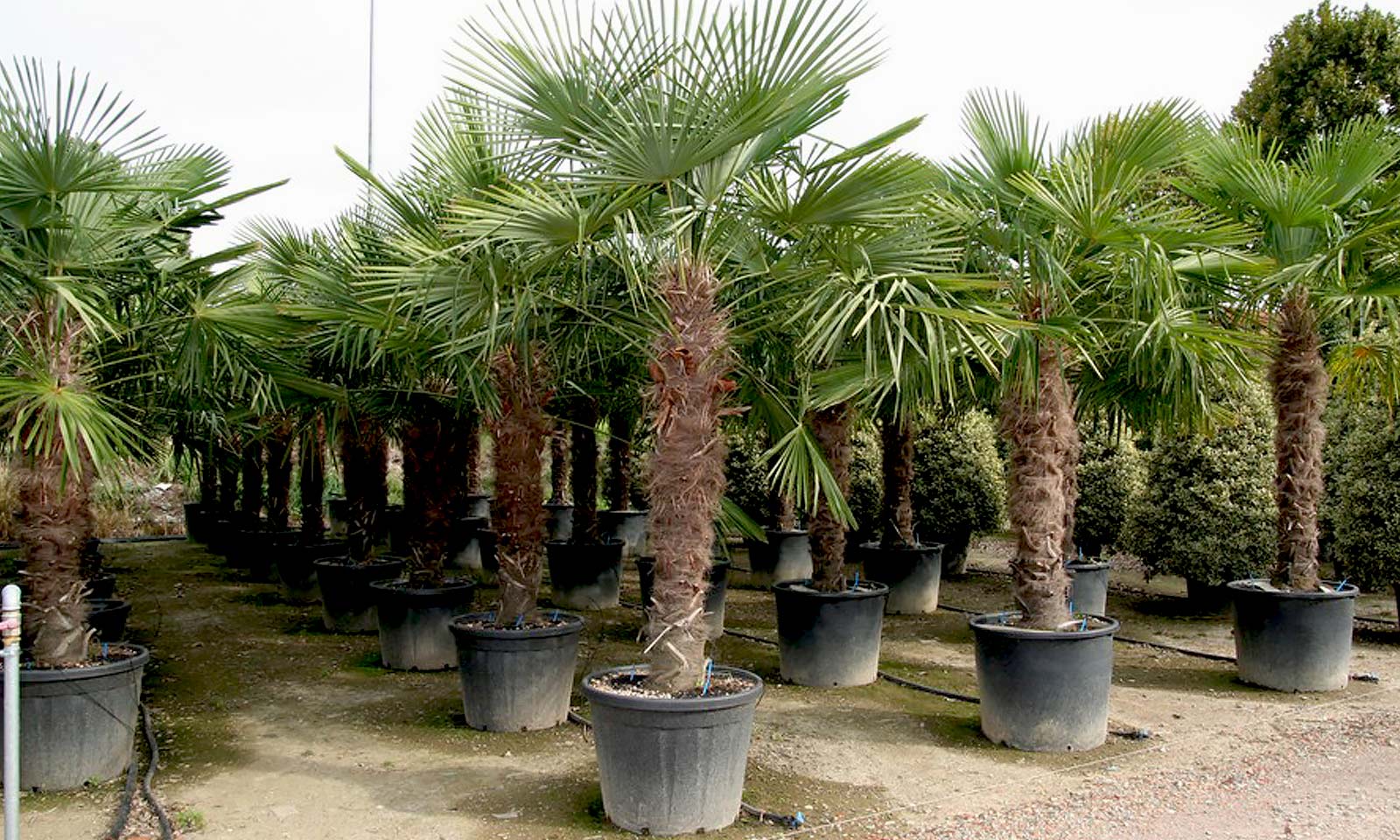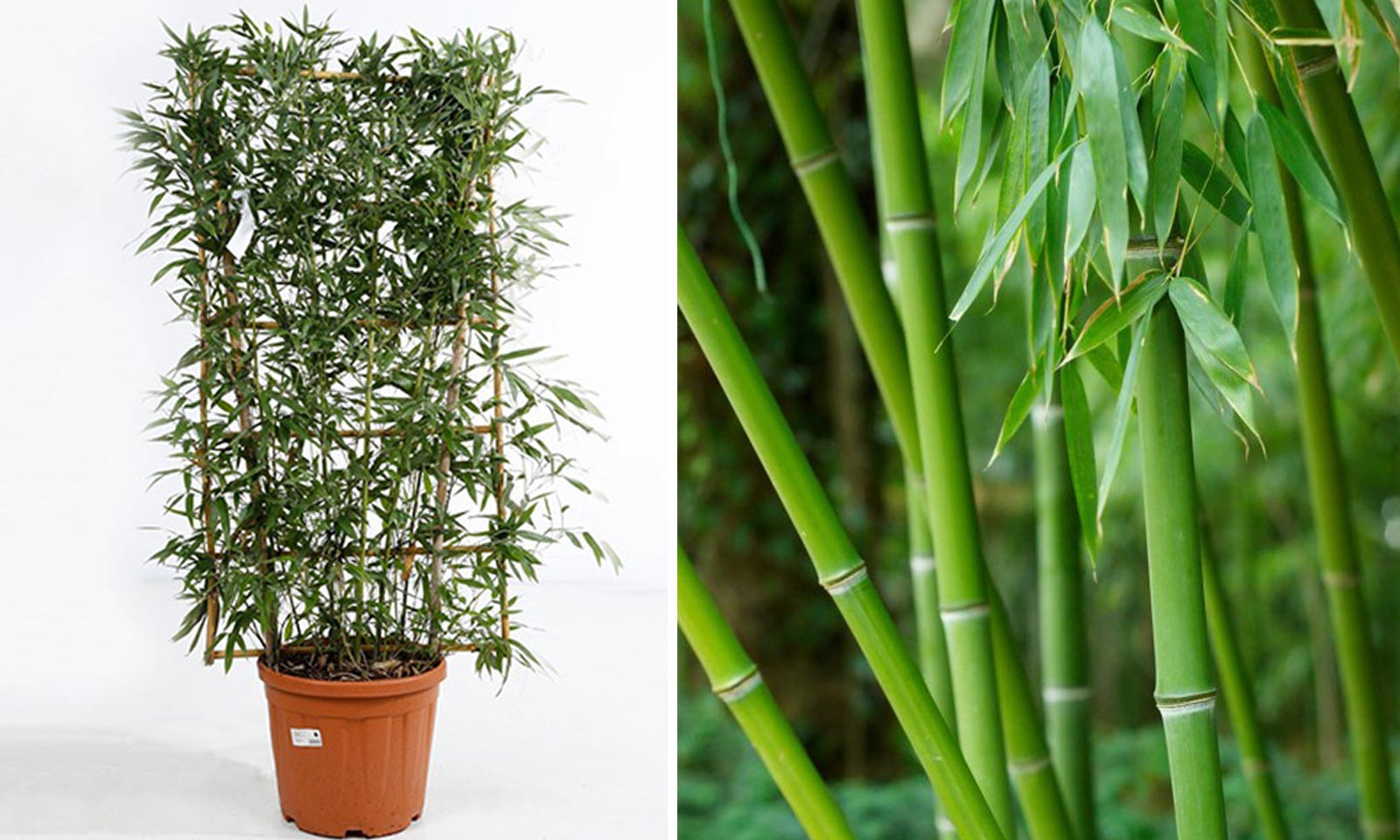Lampone Giallo Rubus Idaeus 'Fallgold' (Raspberry)
A unique and highly productive yellow raspberry variety, prized for its extra-sweet, golden-yellow berries. It produces two harvests per year and thrives in well-drained soil with plenty of sunlight.
Latin Name: Rubus Idaeus ‘Fallgold’
English Name: Fallgold Yellow Raspberry
Species: Rubus Idaeus
Genus: Rubus
Foliage Type: Deciduous
Foliage: Green, serrated, compound leaves turning yellow in autumn
Flower: Small, white, five-petaled flowers in clusters
Flowering Period: Late spring to early summer (May–June)
Suggested Location: Full sun to partial shade; ideal for gardens, containers, or trellises
Suggested Soil Type: Well-drained, fertile, loamy or sandy soil with a slightly acidic to neutral pH (6.0–7.0)
Suggested Exposure to Sunlight: Full sunlight for best fruit production
Suggested Exposure to Weather: Tolerates cool climates but is sensitive to drought and waterlogging
Hardiness Rating: H4-H9
Lowest Temperature Tolerance: Around -25°C (-13°F) when dormant
Growth Habit: Bushy, upright canes with vigorous growth; benefits from support
Pests: Aphids, raspberry beetles, spider mites, Japanese beetles
Diseases: Raspberry root rot, powdery mildew, cane blight
Pruning: Prune spent canes after fruiting; can be cut back completely in late winter for a strong autumn crop
Final Height: 1.5 m –2 m (4.9 ft – 6.5 ft)
Final Sideways Spread: 1 m – 1.5 m (3.2 ft – 4.9 ft)
Delivery Cost: This is calculated based on the total size, weight and quantity of your order, as well as the location of your delivery address. You will see the final price at the Online Checkout Page (before making payment). Our website will automatically calculate the lowest possible delivery price and apply discounts to orders of certain products – giving you the best value delivery every time!
Please note that high-volume orders will decrease your delivery costs significantly by spreading the price across multiple items. Visit our Delivery Policy page for more information.
